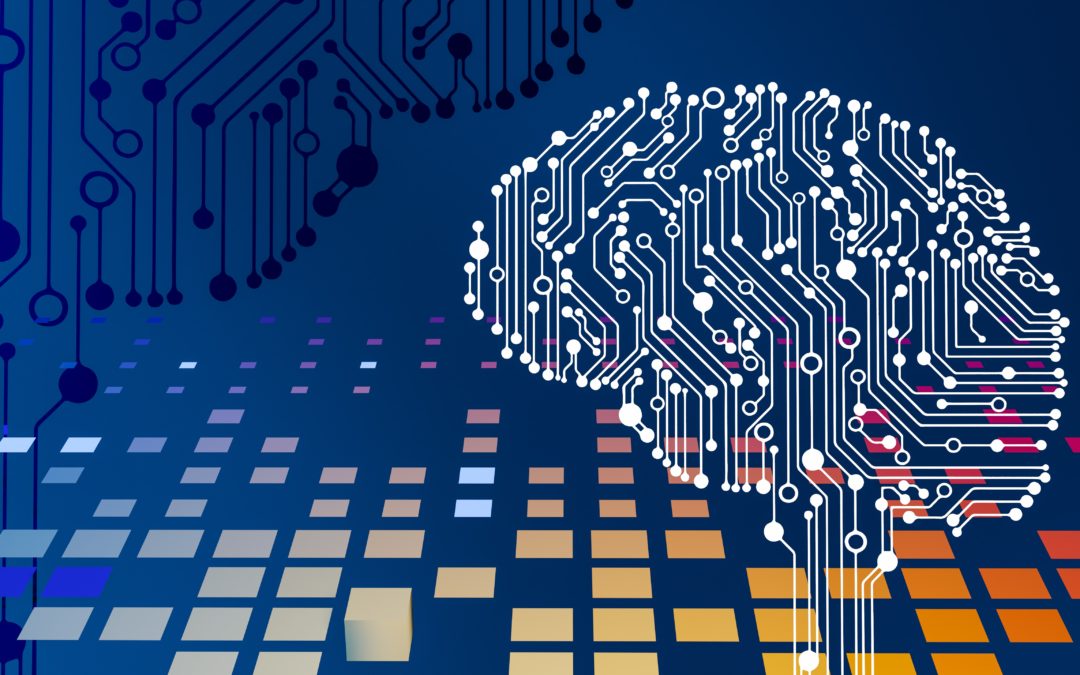In a world where written communication plays a central role, the presentation of text holds immense significance. Whether you’re crafting a captivating blog post, composing a formal business email, or coding the latest software, the way text appears can profoundly influence its reception. Conventionally, text case conversion has been a manual endeavor. However, as we advance into the future, the integration of artificial intelligence (AI) and automation into text case conversion processes is poised to revolutionize how we interact with written content. In this blog post, we will delve into the intriguing developments in text case conversion and the promising future shaped by AI and automation.
The Manual Past
Before we delve into the cutting-edge advances in text case conversion, let’s take a moment to appreciate the manual methods that have served us well for decades. Writers, editors, and typographers have diligently applied their knowledge of grammar and style guides to ensure text is appropriately capitalized, whether it be for titles, headings, or sentences. This human touch has been the gold standard in text case conversion for years, but it’s not without its challenges.
The manual approach can be time-consuming, especially when dealing with lengthy documents. Additionally, it leaves room for human error. Inconsistent formatting and typographical errors can slip through the cracks, and this can negatively impact the professionalism and readability of written content.
AI: The New Frontier
Enter artificial intelligence, the driving force behind the next phase of text case conversion. AI offers the promise of faster, more accurate, and consistent text case conversion. How does it work, and what are the implications for the future?
Machine Learning Algorithms
AI-driven text case conversion tools utilize machine learning algorithms to examine text and implement the appropriate text case conventions. These algorithms have undergone extensive training on extensive datasets encompassing diverse text formatting demands. Consequently, AI can swiftly and precisely ascertain whether a word necessitates capitalization, should adopt title case, or remain in lowercase, among other possibilities.
One of the benefits of AI is its ability to adapt and improve over time. As more data is fed into the system, the algorithms become more sophisticated, making fewer errors and understanding context better. This continuous learning process is a game-changer for text case conversion.
Increased Efficiency
The speed and efficiency of AI are unparalleled. It can convert an entire document or webpage in a matter of seconds, saving writers and editors valuable time. This is particularly crucial in the fast-paced digital world, where content needs to be created and published swiftly.
Consistency and Error Reduction
AI’s reliability in adhering to style guides and grammatical rules ensures consistent formatting throughout a document. It eliminates the possibility of typographical errors, such as inconsistent capitalization, which can detract from the professionalism and readability of the content.
Automation: The Perfect Partner
While AI plays a significant role in text case conversion, automation is the perfect partner in this technological evolution. Automation takes the principles of AI and applies them to a wide range of applications, making text case conversion accessible to a broad audience.
Integration into Word Processors
Automation tools can be seamlessly integrated into word processors, content management systems, and even email platforms. This means that writers, regardless of their technical proficiency, can effortlessly format their text according to their needs.
E-commerce and Customer Support
In e-commerce, chatbots and customer support agents can use automation to generate personalized responses in the correct text case. This ensures a consistent brand image and enhances the user experience.
Coding and Programming
For developers and coders, automation streamlines the process of converting variable names, function names, and comments into the appropriate text case. This not only makes code more readable but also reduces the chances of errors.
The Future of Text Case Conversion
As we gaze into the future, the role of AI and automation in text case conversion becomes even more exciting. Here are some of the trends and possibilities that await us:
Multilingual Capabilities
AI and automation will not be limited to English text case conversion. They will expand to accommodate the rules of various languages, making text case conversion a global tool.
Personalization
AI can take personalization to the next level by recognizing individual preferences and suggesting the most suitable text case for a particular user or context.
Accessibility
Text case conversion tools powered by AI and automation will become more accessible, ensuring that everyone, regardless of technical expertise, can use them.
Seamless Collaboration
Collaboration tools will incorporate AI and automation for uniform text case formatting, enhancing communication and reducing misunderstandings in team projects.
Legal and Medical Fields
AI-powered text case converters will become indispensable in fields with stringent formatting requirements, such as law and medicine, where precision and consistency are paramount.
Education
AI can play a role in teaching proper text case formatting, offering real-time suggestions and corrections to students as they learn the intricacies of language and style.
The future of text case conversion, driven by AI and automation, holds the promise of making written content more professional, readable, and accessible. As we embrace these technologies, we can look forward to a world where the meticulous task of text case conversion is handled with the precision and efficiency only AI and automation can provide.
Conclusion
The future of text case conversion is indeed promising and filled with excitement. AI and automation are fundamentally transforming how we engage with written content, providing levels of speed, accuracy, and accessibility that were previously beyond imagination. As we progress further in this domain, we anticipate a more sophisticated and user-friendly text case conversion experience. This advancement is set to enhance our communication through the written word significantly. It is essential to closely monitor these emerging technologies as they are on the brink of revolutionizing our approach to text formatting in the digital age.

